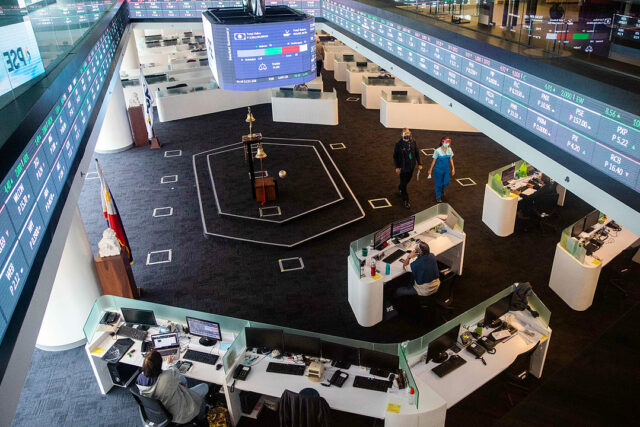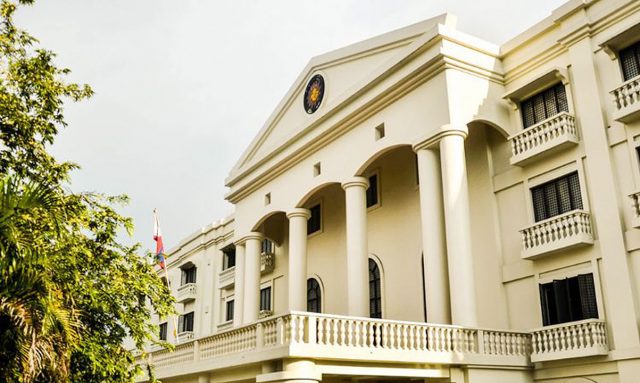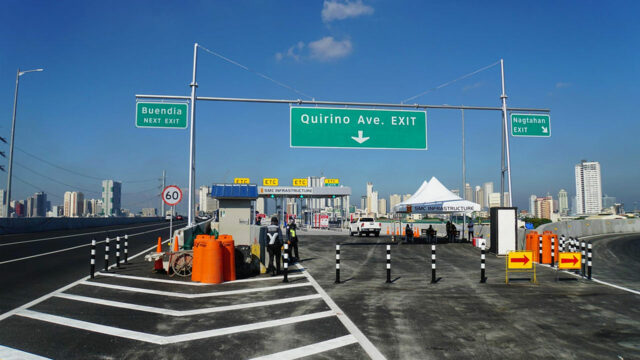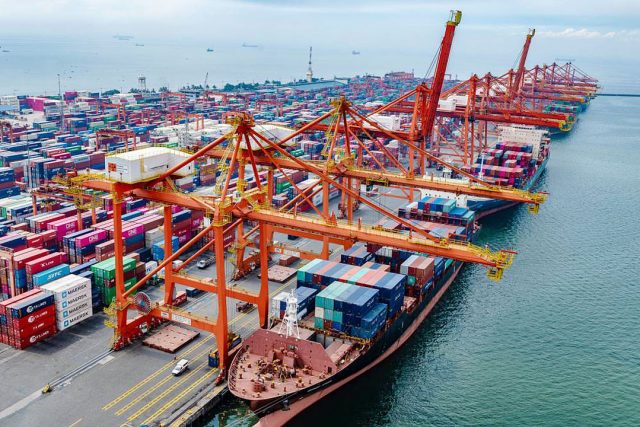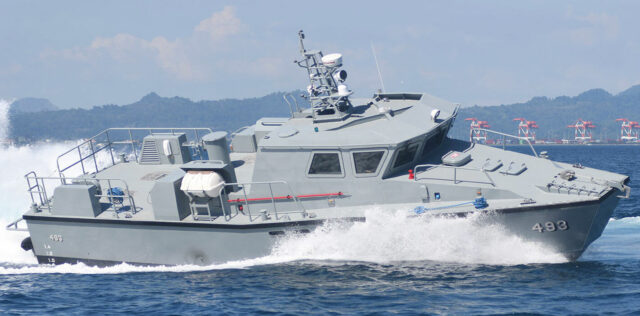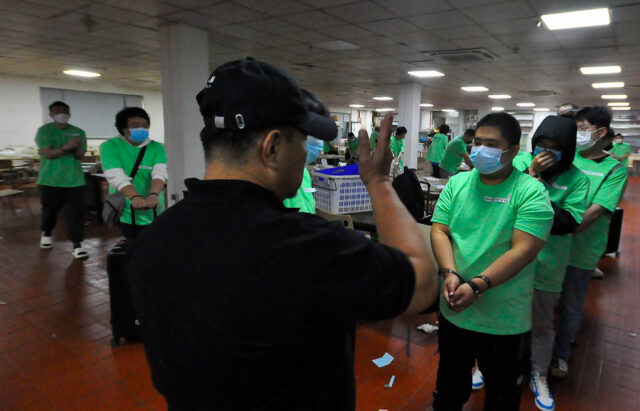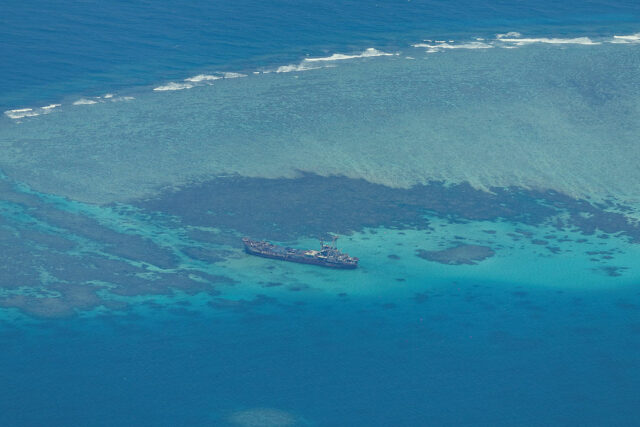Peso may move sideways as market awaits economic data
THE PESO could trade sideways against the dollar this week as the market awaits the release of local and US data for catalysts.
The local unit closed at P58.65 per dollar on Friday, weakening by seven centavos from its P58.58 finish on Thursday, Bankers Association of the Philippines data showed.
Week on week, the peso declined by six centavos from its P58.52 finish on June 7.
The peso declined on Friday as the dollar strengthened amid easing expectations of a rate cut from the US Federal Reserve this year following cautious signals from policy makers, Rizal Commercial Banking Corp. Chief Economist Michael L. Ricafort said in a Viber message.
However, the weakness was slightly tempered by inflows ahead of the long weekend, Security Bank Corp. Chief Economist Robert Dan J. Roces said in a Viber message.
The Federal Reserve held interest rates steady on Wednesday and pushed out the start of rate cuts to perhaps as late as December as policy makers sketched out their view of an economy that remains virtually unchanged across its major dimensions for years to come, Reuters reported.
With growth and unemployment lodged at levels better than the US central bank considers sustainable in the long run, Fed Chair Jerome H. Powell said policy makers were content to leave rates where they are until the economy sends a clear signal that something else is needed — through either a more convincing decline in price pressures or a jump in the unemployment rate.
So far, Mr. Powell noted in a press conference after the end of a two-day policy meeting, inflation had fallen without a major blow to the economy, and he said there was no reason to think that can’t go on.
The result is the Fed accepting a slow expected decline in inflation back towards its 2% target, with the central bank’s preferred inflation measure — the personal consumption expenditures price index — virtually unchanged at the end of this year from its current level and the number of rate cuts held to a single quarter-percentage-point reduction.
Those rate reductions are projected to gather pace next year, with Mr. Powell deferring on the timing.
Inflation data published hours before the release of the policy statement and updated projections showed the consumer price index rose not at all on a month-to-month basis in May, causing some analysts to argue the latest projections were already “stale.”
Mr. Powell himself said the decision about the rate path was a “close call” for many policy makers, and that to some degree the Fed had merely traded an earlier start to rate reductions this year by tacking an additional anticipated cut onto 2025.
Still, he called the decision to start policy easing “consequential,” and the drop in expectations for this year completes a broad swing in sentiment from just six months ago when policy makers in their December 2023 forecasts envisioned an imminent kickoff to three years of steady rate reductions.
Under the current projections, absent a surprise in upcoming inflation or jobs data, the cuts would likely not begin until December, moving the Fed’s decision out of the Nov. 5 US presidential election cycle.
The policy statement issued on Wednesday combined an acknowledgement of “modest further progress” on inflation in recent months with a restatement of language that rate reductions won’t be appropriate until officials have “gained greater confidence” that price pressures will continue to ease.
The Fed raised rates aggressively in 2022 and 2023 to curb inflation that had surged to a 40-year high in the aftermath of the COVID-19 pandemic.
For this week, the market will monitor the release of the US retail sales report and Philippine remittances data, Mr. Roces said.
Policy comments from Monetary Board members and Fed officials could also affect foreign exchange trading, Mr. Ricafort added.
The Bangko Sentral ng Pilipinas (BSP) will probably cut its policy rate after the Fed, which has signaled it may start easing as late as December, Finance Secretary Ralph G. Recto said last week.
Asked if the BSP would begin its easing cycle once the US central bank cuts rates, Mr. Recto, a member of the Monetary Board, said this was “highly probable.”
The Monetary Board has kept its benchmark rate steady at a 17-year high of 6.5% since October 2023.
BSP Governor Eli M. Remolona, Jr. has said that the earliest the central bank can begin cutting rates is in August, noting they do not need to wait for the Fed to begin its own easing cycle.
The Monetary Board’s next policy meeting is on June 27.
Mr. Ricafort expects the peso to move between P58.30 and P58.80 per dollar this week. — A.M.C. Sy with Reuters


